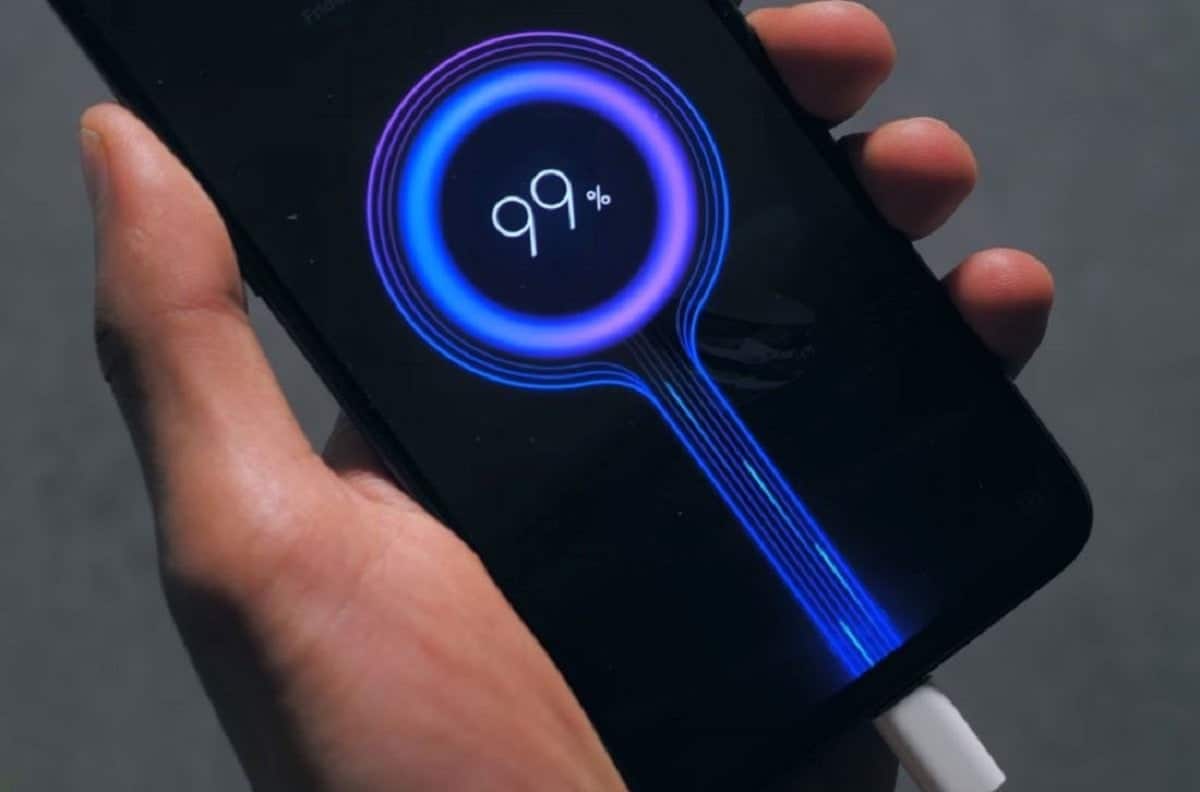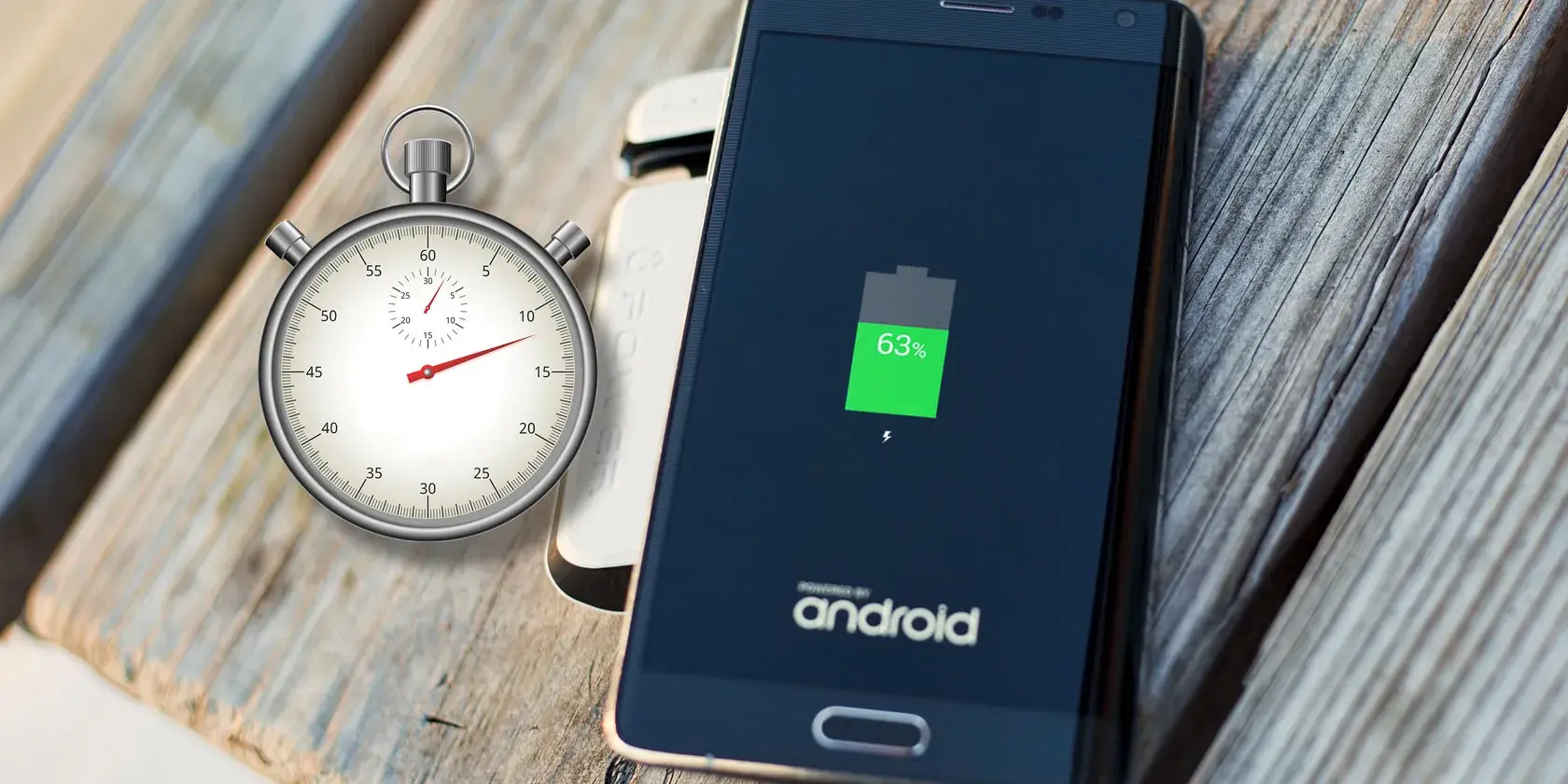In today’s digital age, smartphones have become an indispensable part of our daily lives. From communication to entertainment, we rely heavily on these devices. However, one aspect that is often overlooked is smartphone charging safety. Charging your smartphone may seem like a simple task, but there are important safety considerations to keep in mind to prevent accidents and ensure the longevity of your device. Recognizing the risks of bad charging habits, Apple recently had to warn iPhone users about charging habits. In this article, we will present some safe tips on how smartphone users can charge their mobile phones.
Safe charging tips
1. Use the correct charger and cable
One of the most important aspects of charging a smartphone safely is using the correct charger and cable. It is recommended that you use the charger and cable that came with your smartphone or a reputable third-party charger that is compatible with your device. Using cheap or fake chargers can pose a serious safety risk as they may not meet safety standards and potentially damage your phone or cause a fire.
2. Avoid overcharging
Overcharging your smartphone can cause it to overheat, which can damage the battery and pose a safety hazard. To prevent overcharging, it is recommended to turn off your phone after it reaches 100% battery capacity. Some smartphones have built-in features that help prevent overcharging by cutting off power after the battery is fully charged.
3. Keep your phone cool
Heat is one of the biggest enemies of smartphone batteries. Excessive heat can shorten battery life and even cause it to swell or catch fire. To keep your phone cool while charging, avoid placing it on soft surfaces like beds or couches that can trap heat. Instead, place it on a hard, flat surface where air can circulate freely.
4. Avoid charging under pillows or blankets
Charging your smartphone under pillows or blankets is a common practice, especially at night. However, this can be extremely dangerous as it can cause overheating and potentially cause a fire. It’s important to make sure your phone has adequate ventilation while charging and isn’t covered with materials that can trap heat.

5. Unplug during thunderstorms
During thunderstorms, it is recommended to disconnect your smartphone from the charger to avoid damage from electric shocks or lightning. Lightning can travel through power lines and damage your phone, so it’s better to be safe than sorry and turn off your device during a storm.
6. Avoid using wet hands
Water and electricity don’t mix well, so it’s important to avoid charging your smartphone with wet hands. Moisture can damage the charging port and create a risk of electric shock. Make sure your hands are dry before plugging or unplugging your phone from the charger.
Gizchina News of the week
7. Check cables and chargers regularly
Regular inspection of charging cables and adapters is essential to safe charging practices. Look for any signs of wear, such as frayed cables, exposed wires or loose connections. If you notice any damage, replace the cable or charger immediately to prevent any safety hazards.
8. Avoid rapid charging in extreme temperatures
Fast charging is a convenient feature that allows you to quickly charge your phone. However, fast charging generates more heat, which can be detrimental to your phone’s battery, especially in extreme temperatures. Avoid fast charging your phone in a hot environment to prevent overheating and potential battery damage.
9. Use surge protectors
To protect your smartphone from power surges and fluctuations, consider using a surge protector when charging. Surge protectors help regulate voltage and prevent damage to your devices in the event of sudden power surges. Investing in a good surge protector can provide an extra layer of protection for your smartphone.
10. Avoid charging in direct sunlight
Charging your smartphone in direct sunlight can cause it to overheat, leading to battery damage and potential safety risks. It’s best to charge your phone in a cool, shady place to prevent overheating and ensure safe charging practices.
11. Avoid contact between the skin and the charging cable during charging
Prolonged skin contact with the charging cable and connector, especially when connected to a power source, may cause adverse effects. Therefore, it is recommended that you avoid sleeping or sitting on the charging cable or connector and ensure that skin contact is limited during the charging process to maintain safety and prevent potential risks.

12. Charge only in a well-ventilated area
When charging your smartphone, it is vital to prioritize ventilation to prevent overheating and ensure safe operation. Avoid charging your device in enclosed spaces as this can trap heat and cause it to overheat. Instead, charge your phone in a well-ventilated area where air can circulate freely. This simple precaution can greatly reduce the risk of overheating, damage or even fire. By charging your phone in a ventilated area, you can maintain optimal performance, extend the life of your device, and enjoy peace of mind knowing your phone is charging safely.
Conclusion
By following these basic tips on safe smartphone charging practices, you can protect your device from damage, prevent accidents, and ensure your smartphone stays in optimal condition for longer. Remember that safety should always be the top priority when it comes to charging your smartphone. Top tips include using the correct charger and cable, avoiding overcharging, keeping your phone cool and unplugging during thunderstorms. Regularly checking cables, avoiding rapid charging in extreme temperatures and using surge protectors can also improve safety. Charging in a well-ventilated area and limiting skin contact with the charging cable are additional precautions that should be taken. By following these safe charging practices, smartphone users can enjoy the convenience of their devices without compromising their safety or the health of their phone’s battery.





